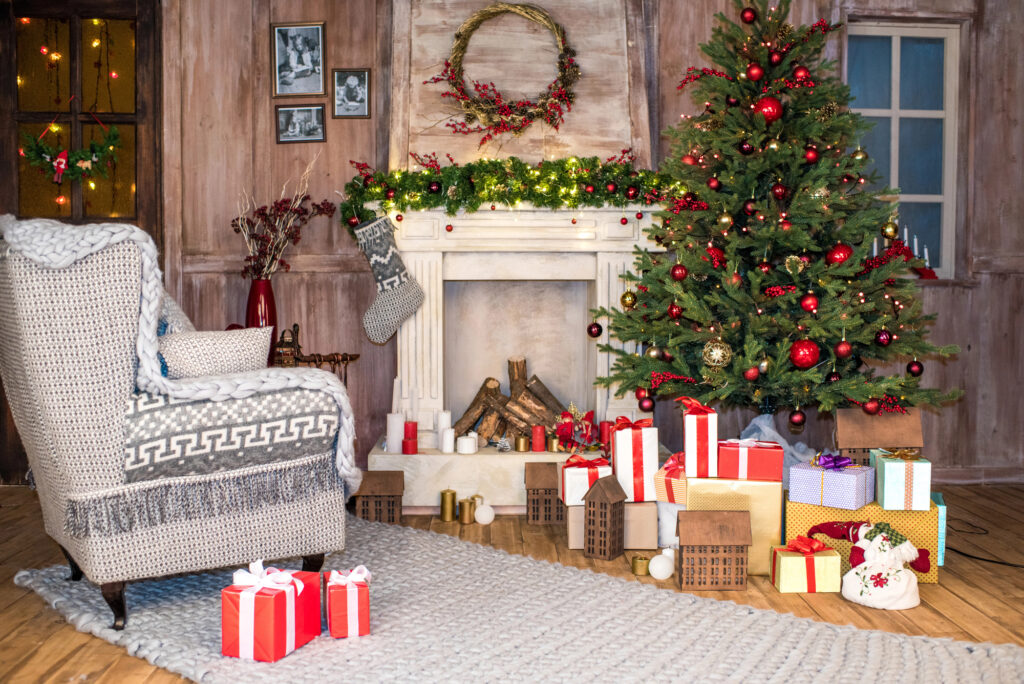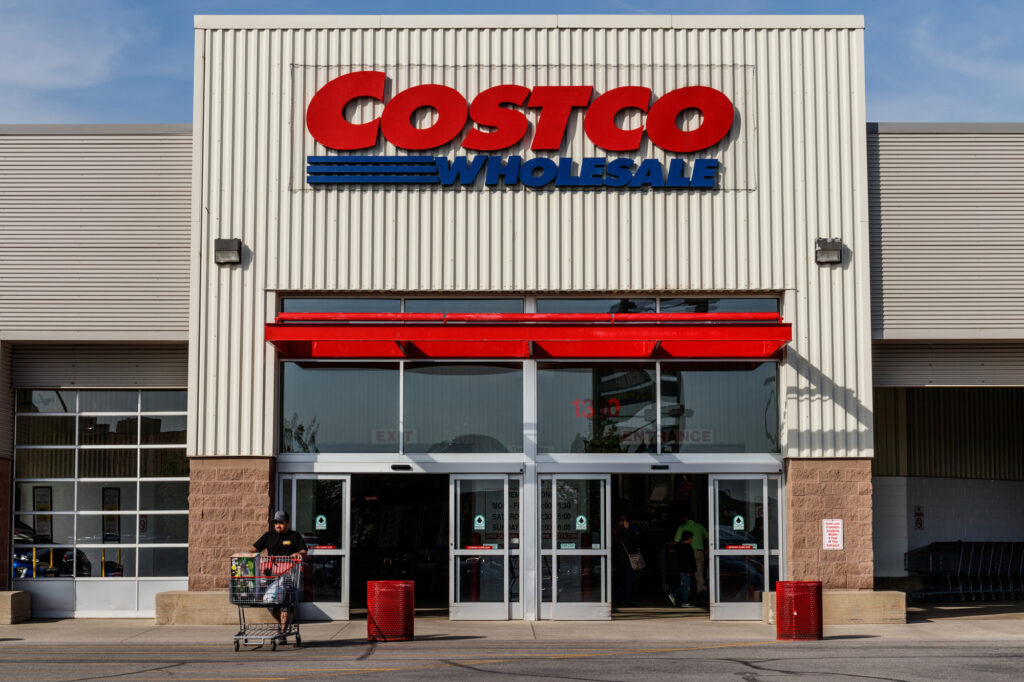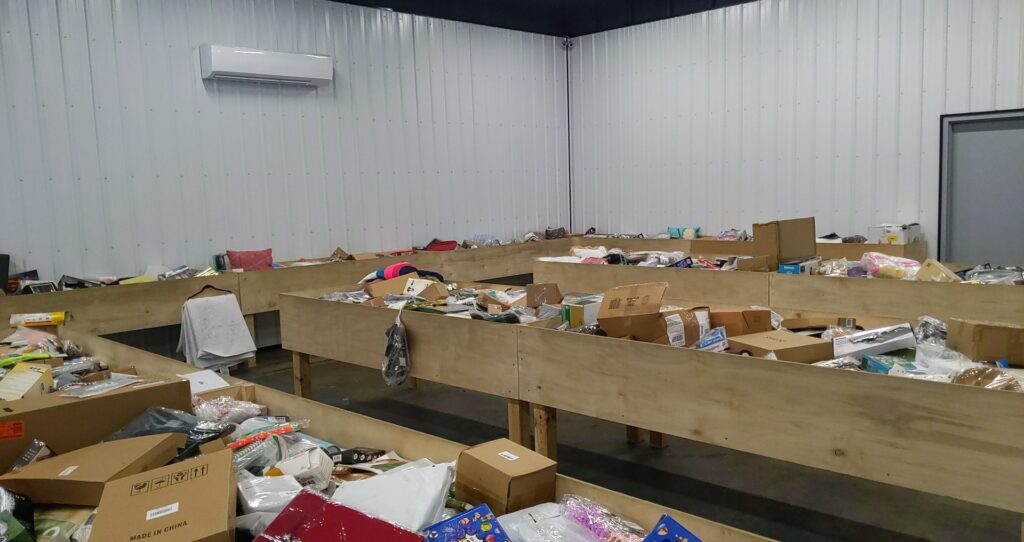
As the holiday season approaches, the age-old debate of real versus artificial Christmas trees reignites. With rising costs and environmental considerations, making the right choice for your family and budget is more important than ever. This article will break down the tangible costs of both real and artificial trees in 2024, including projected price hikes and the best time of year to purchase an artificial tree.
Contents
Real Christmas Trees
Many families begin the cherished tradition of picking out their Christmas tree. For those who favor authenticity, the allure of a real Christmas tree is undeniable. From the fresh pine scent that fills the home to the joy of selecting the perfect tree from a local farm, real trees offer a unique and nostalgic experience.
However, with rising costs and environmental concerns, it’s essential to weigh the pros and cons before making your decision. Here’s a closer look at what you can expect when opting for a real Christmas tree in 2024.
Projected Price Hikes
This year, real Christmas trees are expected to see a noticeable increase in price due to several factors. Extreme weather conditions, including droughts and wildfires, have impacted tree farms across the country, reducing supply. Additionally, rising labor and transportation costs contribute to the higher prices. The average cost of a real Christmas tree in 2024 is anticipated to be around $85, up from $78 last year.
Advantages of Real Trees
- Authentic Experience: Many people cherish the tradition of selecting and cutting down their tree, enjoying the fresh pine scent that fills their homes.
- Environmental Benefits: Real trees are biodegradable and can be recycled or repurposed after the holiday season.
- Support Local Farmers: Purchasing a real tree often means supporting local tree farms and their economies.
Disadvantages of Real Trees
- Annual Expense: Buying a real tree each year can add up over time.
- Maintenance: Real trees require watering and can shed needles, necessitating more cleanup.
- Limited Lifespan: A real tree will only last a few weeks before it begins to dry out and lose its appeal.
Artificial Christmas Trees
For those who prioritize convenience and long-term savings, artificial Christmas trees are a popular alternative to their real counterparts. With advancements in design and technology, artificial trees can now mimic the look and feel of real trees more closely than ever before. They offer a hassle-free holiday experience, with options ranging from pre-lit varieties to those that come in a variety of colors and styles.
However, these benefits come with their own set of considerations, including higher upfront costs and environmental impact. Let’s dig into the tangible costs and advantages of choosing an artificial Christmas tree in 2024.
Projected Price Hikes
Artificial trees are also expected to see price increases this year, primarily due to higher production and shipping costs. Global supply chain issues and increased demand for durable, reusable holiday decorations are pushing prices up. The average cost of an artificial Christmas tree in 2024 is projected to be around $120, up from $110 last year.
Advantages of Artificial Trees
- Long-Term Savings: While the initial cost is higher, an artificial tree can be used for many years, making it a cost-effective option in the long run.
- Convenience: Artificial trees require no maintenance, and many come pre-lit, reducing the hassle of stringing lights.
- Variety: Available in a wide range of styles, sizes, and colors, artificial trees can fit any décor or space.
Disadvantages of Artificial Trees
- Upfront Cost: The initial purchase price can be significantly higher than a real tree.
- Environmental Impact: Made from non-biodegradable materials, artificial trees can end up in landfills after their lifespan, contributing to environmental waste.
- Storage: Artificial trees require storage space during the off-season, which can be a challenge for some households.
Best Time to Buy an Artificial Tree
If you’re leaning towards an artificial tree, timing your purchase can save you money. The best time to buy an artificial Christmas tree is typically during post-holiday sales in January, when retailers are clearing out inventory.
However, significant discounts can also be found during Black Friday and Cyber Monday sales in November. Shopping early in the season can ensure you get the best selection and avoid potential supply chain delays. You may be lucky and find a bargain in the off-season at a liquidation store near you.
Conclusion
When deciding between a real and artificial Christmas tree, consider both the short-term and long-term costs, as well as your personal preferences and environmental impact. Real trees offer a traditional, biodegradable option that supports local farmers but come with annual costs and maintenance. Artificial trees, while more expensive upfront, provide convenience and long-term savings but have a higher environmental footprint.
Ultimately, the best deal depends on your family’s priorities and budget. Whether you choose the authenticity of a real tree or the convenience of an artificial one, the joy and warmth that a beautifully decorated Christmas tree brings to your home are priceless.
Featured Image Credit: Deposit Photos
- How To Make Money On Grailed: Sell Fashion For Profit - February 19, 2025
- Reasons Why We Need More Women Investors - February 19, 2025
- Why Dave Ramsey’s Advice Might Not Work for You - February 19, 2025




